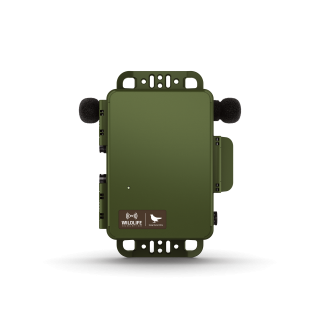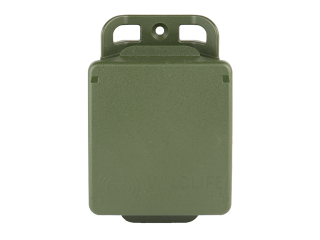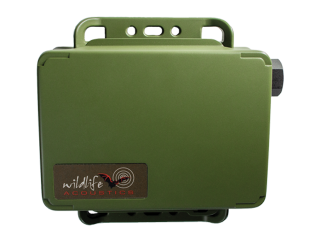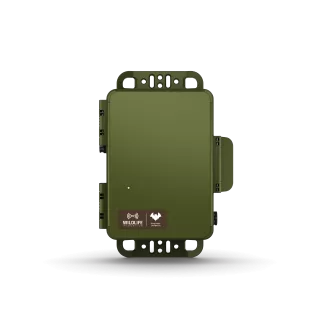Monitoring for Species Conservation
Record data to determine species presence in an environment and inform animal conservation methods
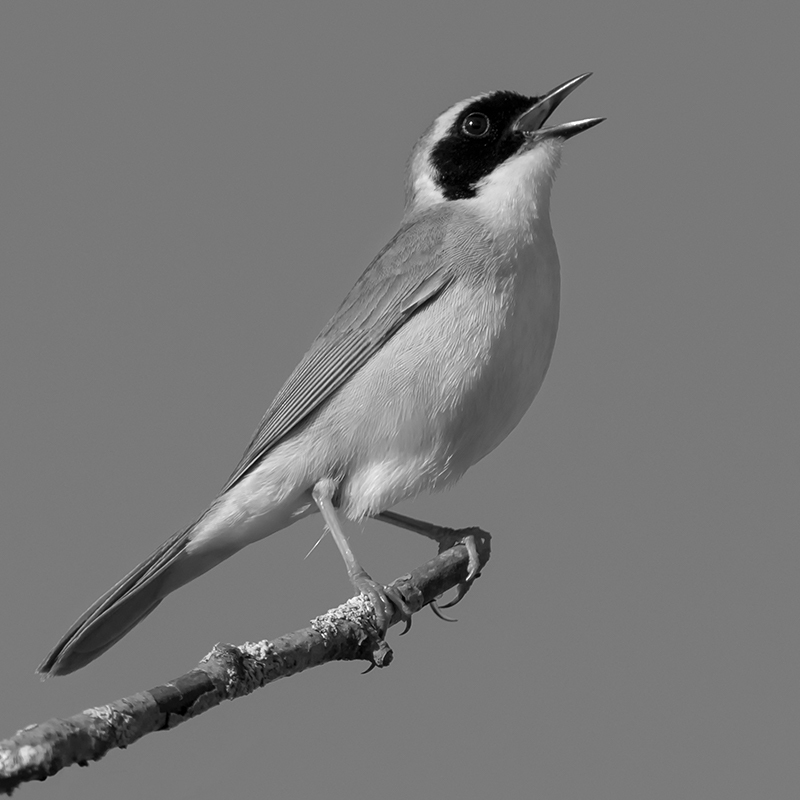
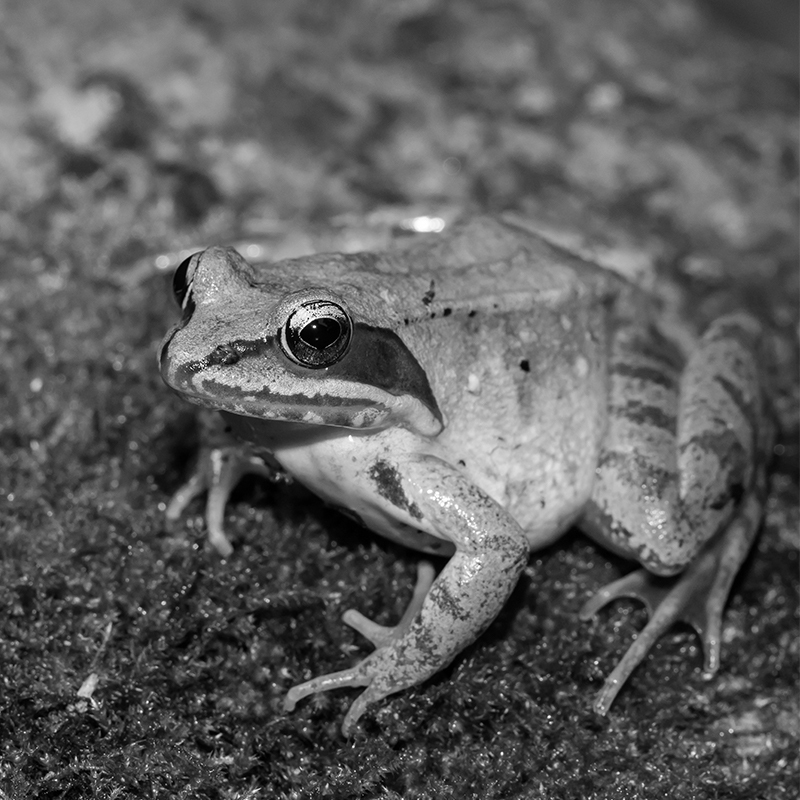
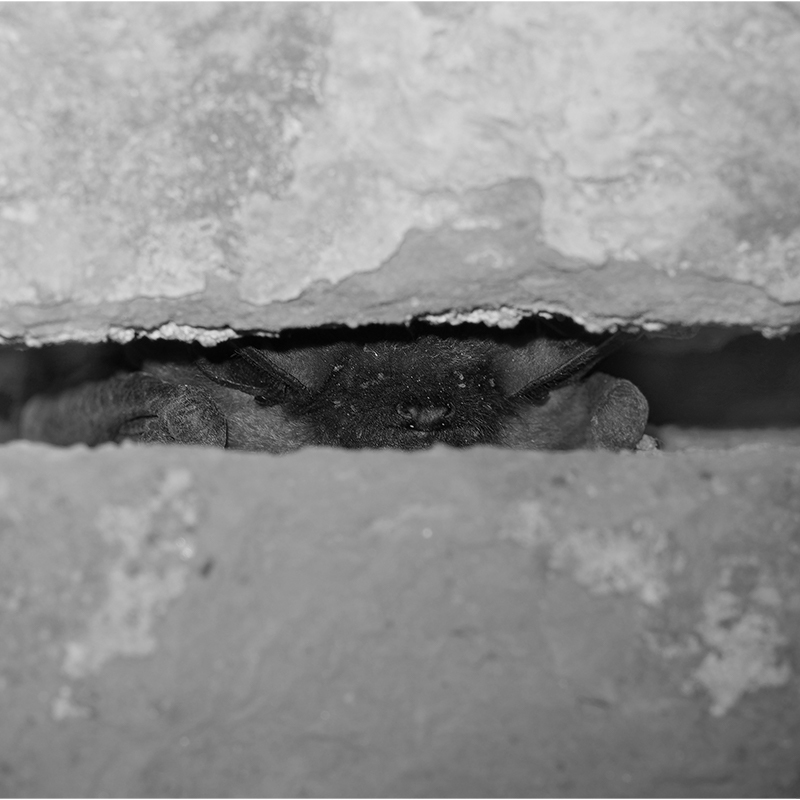
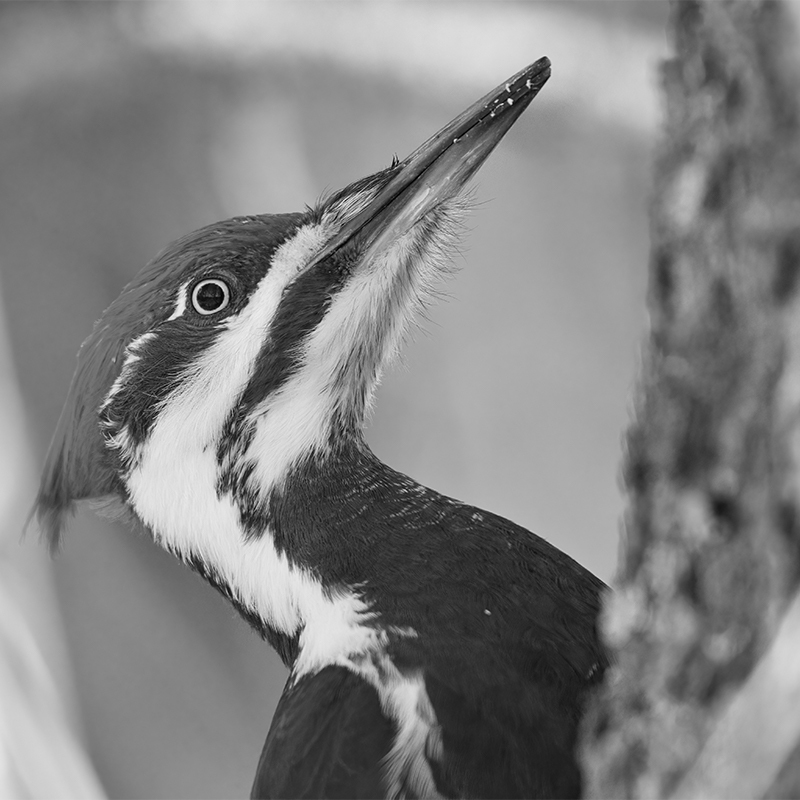
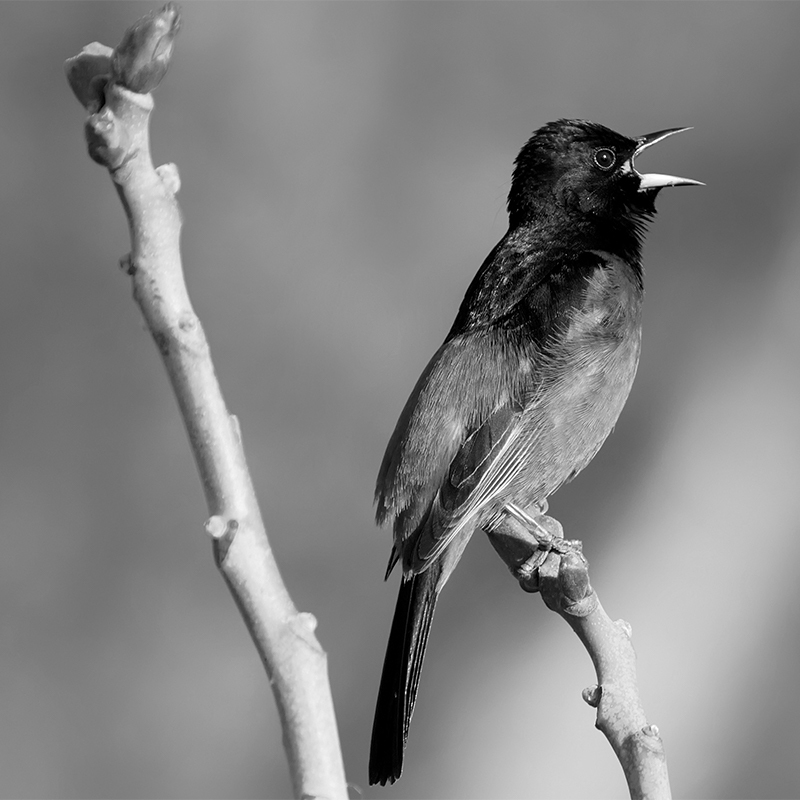
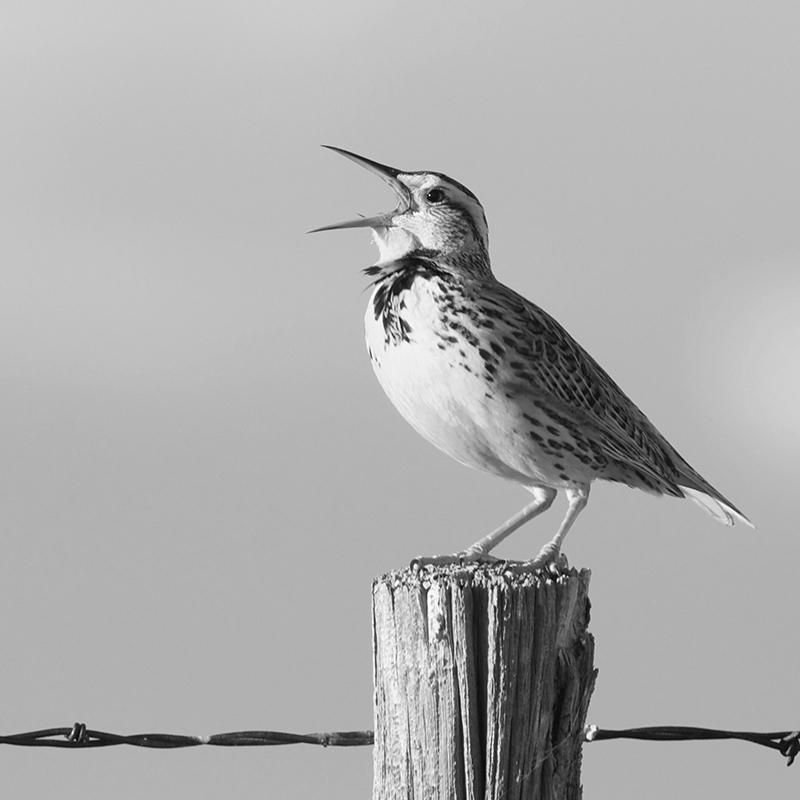
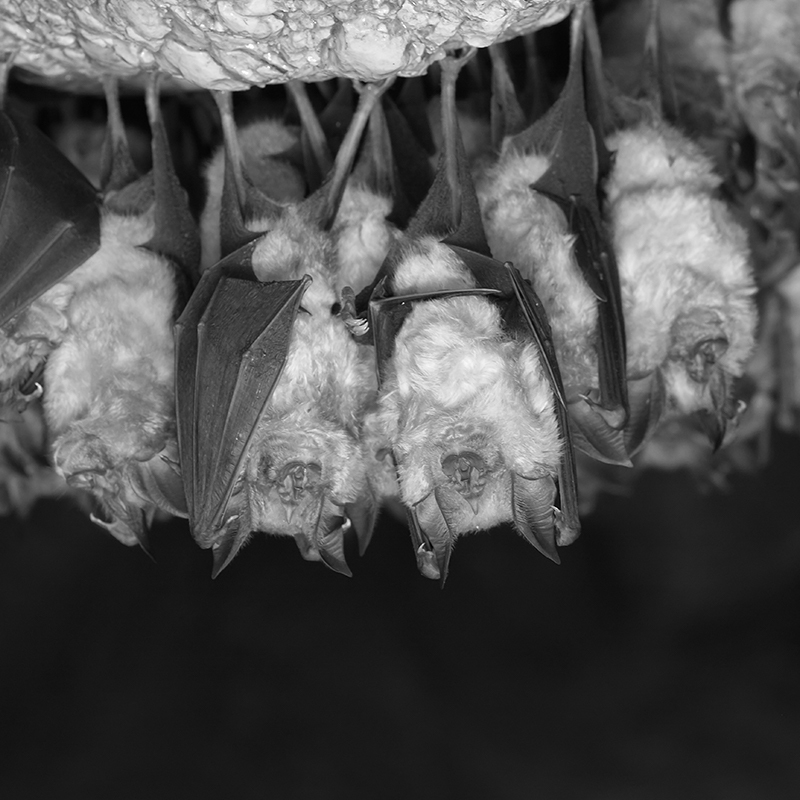
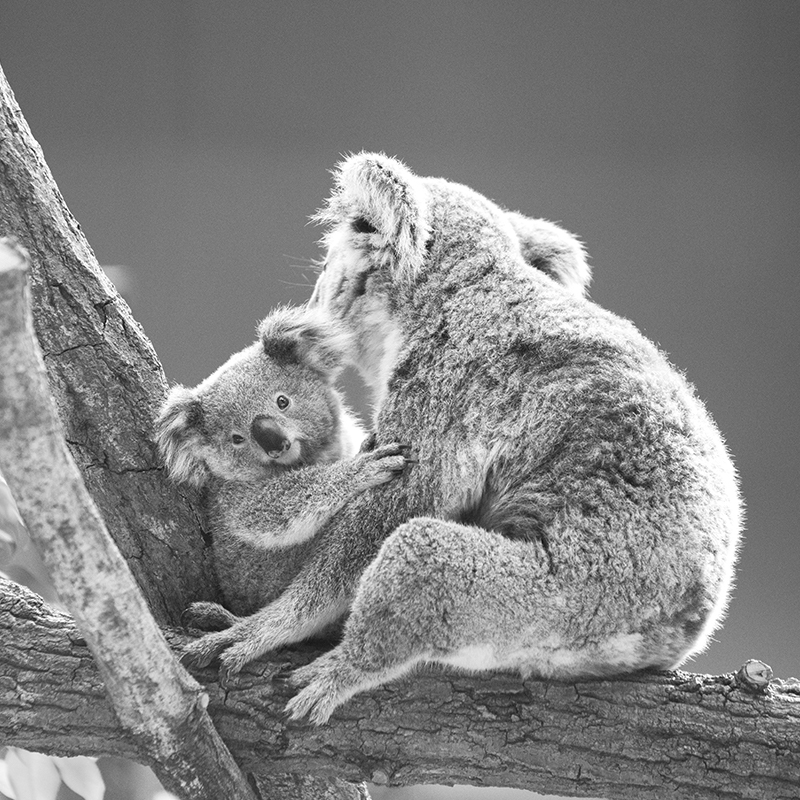
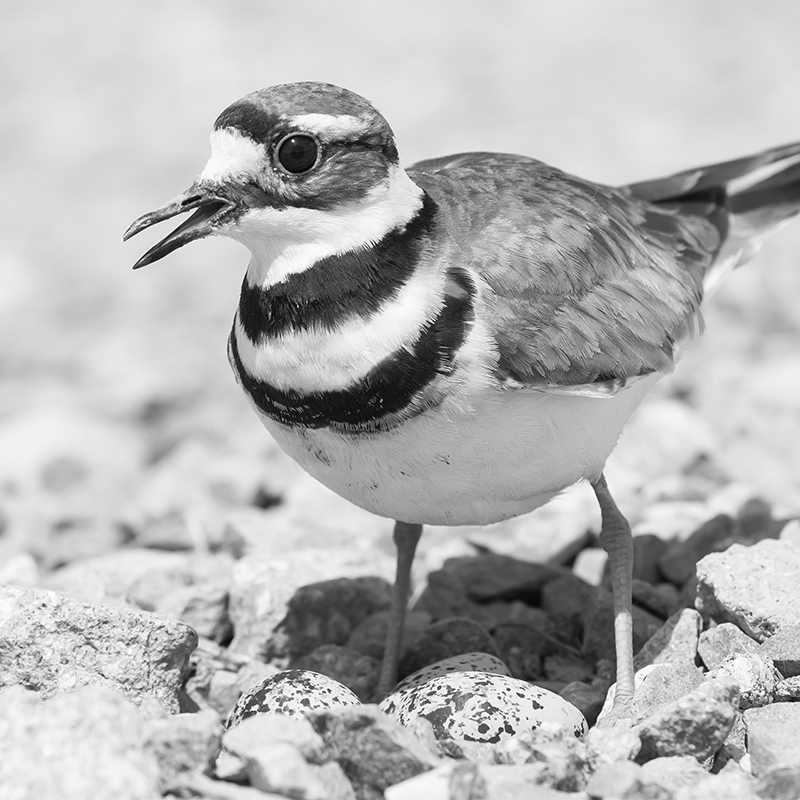
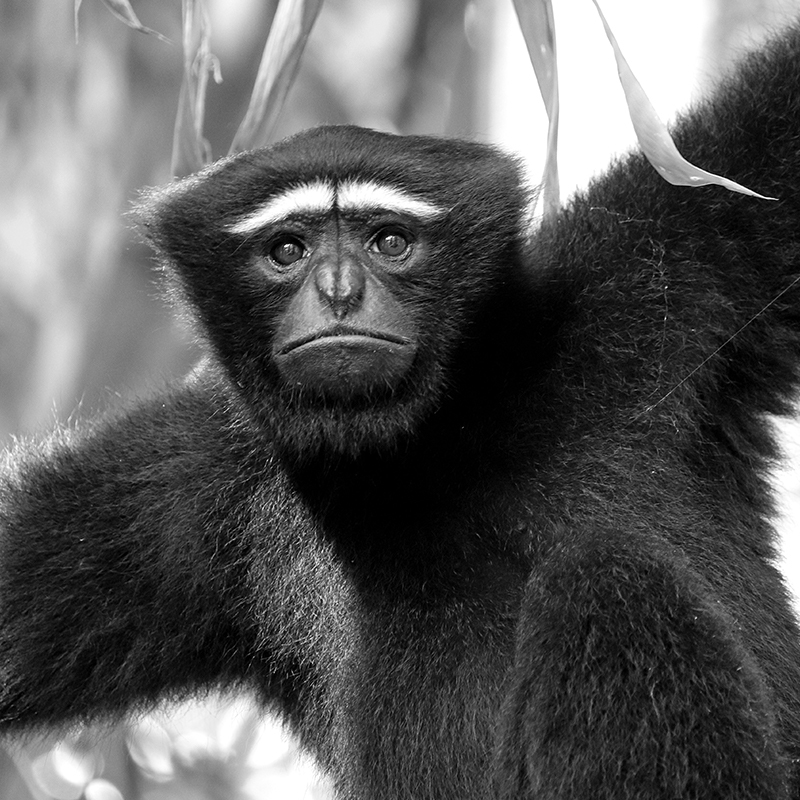
Challenges of Other Wildlife Monitoring Methods
Limited Species Detection
Other methods, such as point-counts or transects, are restricted to just a few visits, limiting the detection of rare species. Other tools, like camera trapping, are mostly limited to monitoring larger animals (e.g., deer or puma). Additionally, because threatened and endangered species are more rare, you’re less likely to encounter them by chance.
Habitat Disturbance
No matter how unintrusive, researchers may inadvertently influence the environment which they are studying. Human presence may cause animals to retreat or alter their communication networks and trapping methods may be detectable by target species, influencing survey findings. Threatened or endangered species may be especially sensitive to human disturbance.
Observer Bias
Manual data collection relies heavily on the skill and experience level of the observer. In other words, data is limited by what an individual can observe – lacking true objectivity and increasing risk for errors in data. Similarly, data is limited by what can be observed by an individual during the brief window they visit a site. A rare species that an observer isn’t trained to ID may be missed.
Resource Contraints
Visiting dozens of sites concurrently is almost impossible with traditional samples. Likewise, visiting a site more than a handful of times is expensive. Individual species may be difficult to detect, and certain habitats or locations may be challenging to access with manual research techniques, limiting the quantity and range of data observations.
Additional Resources
How Bioacoustics Tools Solve These Challenges
Long-Term Wildlife Monitoring
Acoustic recorders can be scheduled to run for extended periods of time – providing permanent records of animal vocalisations and other sounds. These records can be referenced to document and plot changes in a species’ activity levels and population status over time.
Minimal Disturbance
Without human disturbance, it’s possible to precisely record a species’ presence without disturbing individual animals or their habitat. In addition to gathering reliable data, unattended recorders also provide a greater chance of capturing shy and elusive species (many of which may be threatened or endangered).
Objectivity
Sound recordings allow for repeated listening by multiple experts, enabling data to be scrutinized objectively.
Data Insights
Data records can be revisited and reanalysed to apply new methods or answer new questions. Data can then be used in a variety of ways by scientists, ecologists, and land managers to support conservation efforts.
Greater Detection Probability
Automated acoustic recorders can be scheduled to sample frequently and run for extended periods of time – providing permanent records of vocal animals. These recordings can be used to track the presence of rare species, catch the first arrival at a site, and measure occupancies across many sites. And since recorders can be run at the same time, you can track unique activities concurrently.
Suggested Products
Be the First to Hear
Join our mailing list to get notified about upcoming training opportunities, live webinars, quarterly grant offerings, product releases, and more.
In the spirit of reconciliation, Faunatech acknowledges the Traditional Custodians of Country throughout Australia and their connections to land, sea and community. We pay our respect to Elders past and present and extend that respect to all Aboriginal and Torres Strait Islander peoples today.

